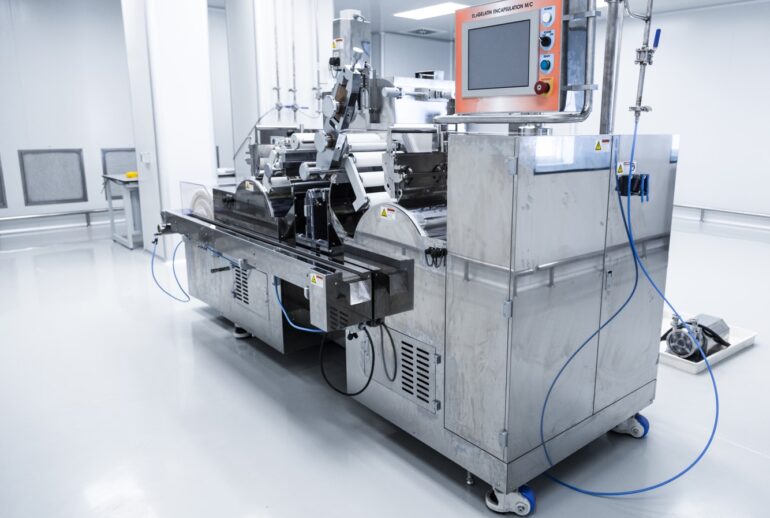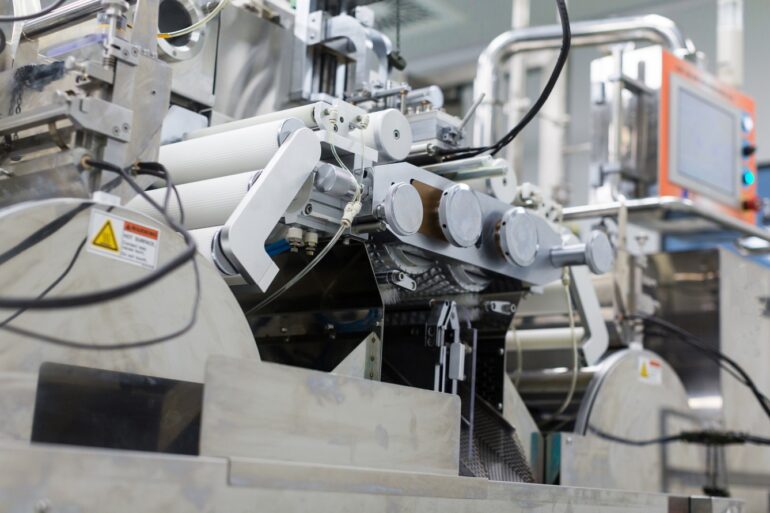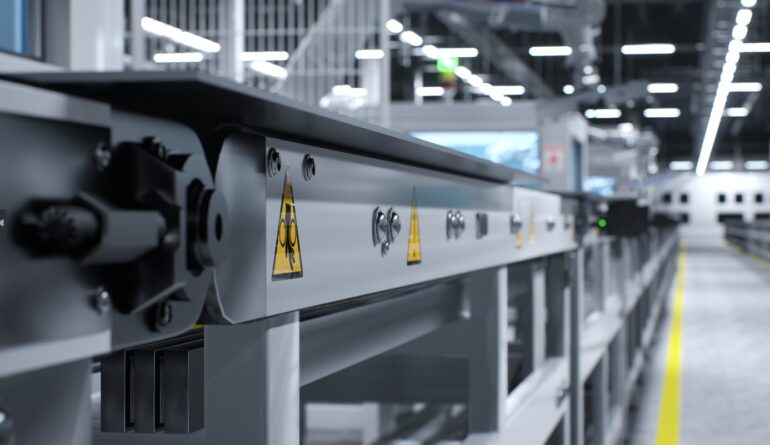
The medical sector is a challenging industry to satisfy. They don’t just require a wide variety of products, but they demand that all products be manufactured to exceptionally high standards. After all, if medical hoses are used for patients, it is essential that they are designed and manufactured to the exact specifications required. Low-quality medical tubing can cost lives.
Furthermore, when supplying medical tubing, you need to ensure that the tubes are medical grade. It’s vital that you choose a manufacturer who understands tube extrusion and can deliver the quality you need.
Uses of Medical Tubing

Medical tubes are used in many different situations. Some of the most obvious are fluid management, in particular the administration of intravenous drugs and the drainage of unwanted fluids.
They are also an essential part of the anesthetic process and are crucial for the proper functioning of respiratory equipment. In addition, medical tubing is used with a variety of pumps, for example in combination with a dialysis machine or even for feeding.
It quickly becomes apparent why the tubing must be made to exact specifications. There is virtually no room for error.
Medical tubing can be made from PU, PA, PVC, TPE, PP, PE, and EVA, all types of plastic. It’s generally made with plasticizers to make it flexible and easier for staff to manage. Of course, this material is also used to make medical bags and shoes.
The Extrusion Process

PVC is the material of choice when using an extruder. This is because it is extremely versatile and can be used for almost any product. It is very flexible and has a very low cost. In addition, it can be recycled.
The extrusion process is simple. The PVC is melted and fed into the extruder, then exiting the designated hole directly into a mold of your choice. It is here that it becomes crucial that the extrusion machine is highly accurate.
This is especially true when it comes to multilumen, microbore, coextruded or even cross-headed tubing. The diameter tolerance can be as little as ±5 µm. In fact, most medical tubing has strict tolerances, particularly for items such as catheter tubing.
The best manufacturers, such as Bausano, create specific extruders with extremely small diameter tolerances. They adapt to your requirements. The outer diameter is controlled by vacuum calibration and the use of low-level vacuum control helps to keep the outer diameter stable.
Naturally, when looking at extruders for medical tubing you need to verify the internal diameters the machine is capable of producing. Ideally, you’ll want to go as low as 0.8 mm, the maximum may be as high as 17mm.
Although most medical tubing is round in shape, in some cases flat tubing is the best option. Thanks to the operation of extrusion machines, a high-quality machine can also produce flat medical tubing. Simply check the specifications required by customers before ordering the extrusion machine to ensure compatibility with the desired flat tubing dimensions and material properties.
